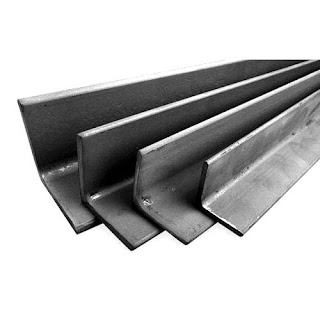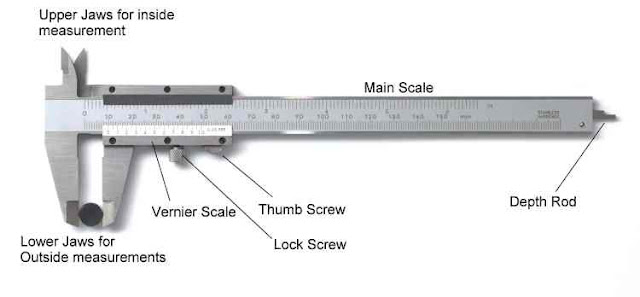Properties and Uses of Carbon Steel
Properties and Uses of Carbon Steels:
1. Mild
Steel: Carbon content
between 0,1% and 0,3%.
Properties: Less ductile but harder and tougher than
iron, grey colour, corrodes easily.
Uses: Girders or beams, screws, nut and bolts,
nails, scaffolding, car bodies, storage units, oil drums.
2. Medium Carbon Steel: Contains between 0,3% and 0,7%
carbon.
Properties: Harder and fewer ductile than low-carbon
steel , tough and have a high lastingness .
Use: It's used for the manufacture of products
which have to be tough and hard wearing like gears, tools, keys, etc.
3. High Carbon Steel: Contains between 0,7% and 1,3% carbon.
Properties: Very hard and brittle material.
Uses: It's used for cutting tools and products
which have to withstand wear such as guillotine, springs, etc.
4. Stainless
steel: are iron and
chromium alloys. A wide range of steels are available with chromium content
between 13% and 27%.
Properties: Chromium prevents rusting with an oxide film.
Ductility, hardness and tensile strength. It's also a shiny attractive metal.
Uses: Cutlery, sinks, pipes, car pieces, etc.
Other chemical
elements are often added to steel, to enhance or achieve certain properties.
Here you are some examples:
i. Silicon makes
the alloy magnetic and improves elasticity.
ii. Manganese
makes the alloy harder and heat-resistant. It's used to make stainless steel.
iii. Nickel
improves strength and prevents corrosion.
iv. Tungsten
makes the steel harder, more heat-resistant and prevents corrosion.
v. Chromium makes
the alloy harder and tougher and more rustproof.







Comments
Post a Comment